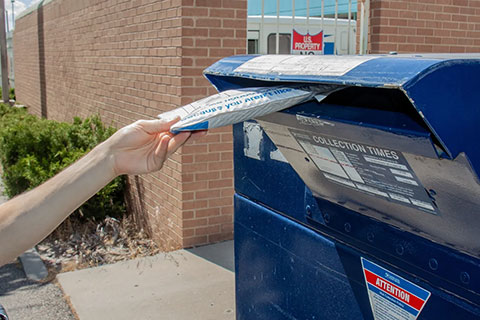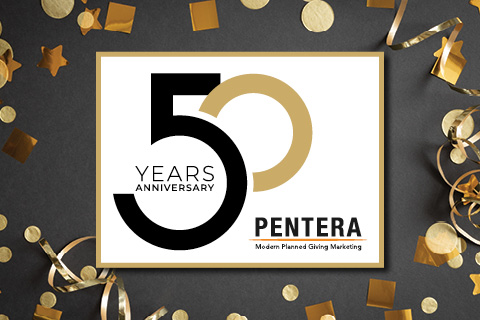
The Pentera Blog
Emerging Heroes: How Nonprofits Can Harness the Power of Millennials
For nonprofits, it might be tempting to worry about the future in light of 2022’s slowdown in charitable giving. But there is an even better reason for optimism: As Giving USA’s new report on generational giving makes clear, Millennials are coming to the rescue.
In Giving by Generation, Giving USA shows that in 2020 Millennials (people ages 27 to 42) moved past Generation X to become the second most charitable generation. The report also shows that Millennials were the only generation to increase their average monthly charitable donations between 2016 and 2020, and they currently lead all generations in volunteering.
So, how can nonprofits connect with these philanthropists? Here are a few pointers.
- Use direct mail: Giving USA found that Millennials like receiving direct mail from the charities they support. In all, 59% say they are likely or very likely to be influenced to give in response to direct mail appeals, the highest figure for any generation.
- Use email: Not surprisingly, Millennials also look favorably on email. “What is important to point out,” the report says, is that Millennial donors are “now the most likely generation to respond to direct mail as well as email.”
- Remember, Millennials are different. Millennials are the most likely generation to attend in-person worship services, the most likely to believe in the work charities are doing, much more likely than older generations to give by using a QR code, and are more likely than older generations to learn about charitable causes through social media or friend networks.
It’s important for the planned giving industry to understand Millenials and their differences and preferences because they soon will be among those we target in planned giving marketing.


